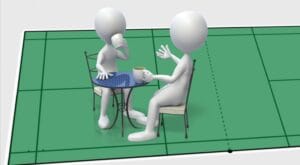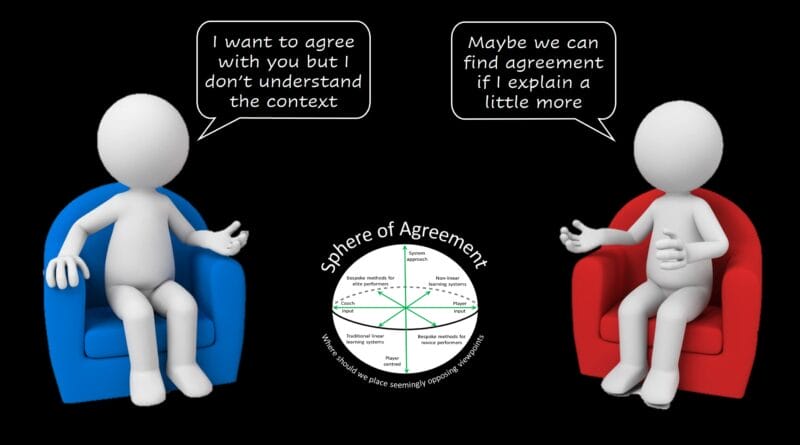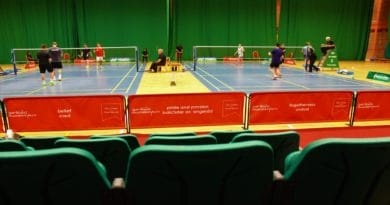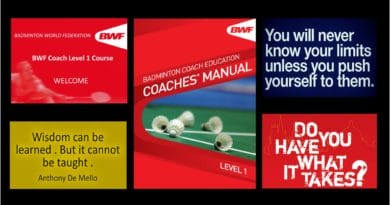The ‘sphere of agreement’
Coaches will always have an opinion
Some you may agree with, others not
Throughout my coaching life, I’ve had and heard lots of different opinions. Many times I found myself saying ‘it depends’ ie context is very important
I’ve found that there are many seemingly opposing ideas and concepts that in certain contexts I can agree with and use, and in others, I don’t think that they are applicable.
Equally, there are some ideas, concepts, theories that I can’t see any value in
It’s ok to have different opinions, even options that may seem opposing

The only way I can rationalise my thoughts has been to create a “Sphere of Agreement”
The sphere (not circle) allows me to have different viewpoints for an argument depending on the context and critical information being questioned.
And of course, it allows me to understand but critically place some viewpoints outside the sphere
Why use the Sphere of Agreement
I believe that it’s ok to hold what are seemly opposing viewpoints and be happy about that.
I’m sure you can create situations based upon a players’ skill level & motivation, one method may be best, whilst for another, a similarly opposite method would be selected. Both could be seen as ‘correct’ in the two differing contexts.
The coaches’ task is to use their judgement and decision-making to select what they think is appropriate at that moment. Maybe confusingly, after that thought, they may consider selecting seemingly opposing methods/constraints/instructions to use in the future with that player.
As knowledge and experience increase the role of the coach is to make more and more judgements. Unfortunately, this requires thought, consideration and balance
This also applies to accepting other people’s viewpoints, they are allowed to hold the, as long as they don’t cause harm. Ask for context (lots of it) before judging and practical effective examples.
However, this is your sphere, and it’s up to you to place arguments/viewpoints inside or outside the sphere. Let people know that you can hold different viewpoints (it depends) at the same time.
Explaining context and the questions you’ve asked yourself can often result in others accepting (or at least understanding) what are seemingly opposing viewpoints. Justify your judgement and decision-making.
Your Challenge
Here are some topics that may cause you to create differing viewpoints depending on the context.
Or, do you have a firm, established, none negotiable view on them?
- The effect of errors in practice and the use of deliberate error-full and error-less practice
- The use of unopposed multi shuttle vs single shuttle practice methods
- The position of the racket for overhead strokes
- How tactics are introduced, developed and the role of gameplay
- The use of heavily constraints tasks (drills) to address a player’s need at that moment
- The first set of strokes/movements to be introduced to a novice player
– – – – – – – – – – – – – – – –

As always, I’m very grateful if you have read this far 🙂
I like to know if you use any structures or methods to understand seemingly opposing badminton viewpoints.
Why not send me an email contact@badmintonandy.com
This is part of a series of conversation starters.
Although not in detail, the posts are written to get you thinking and talking with others.




